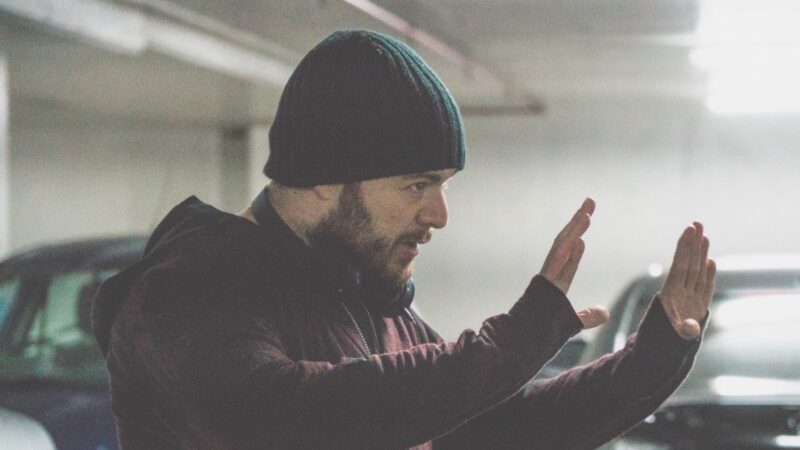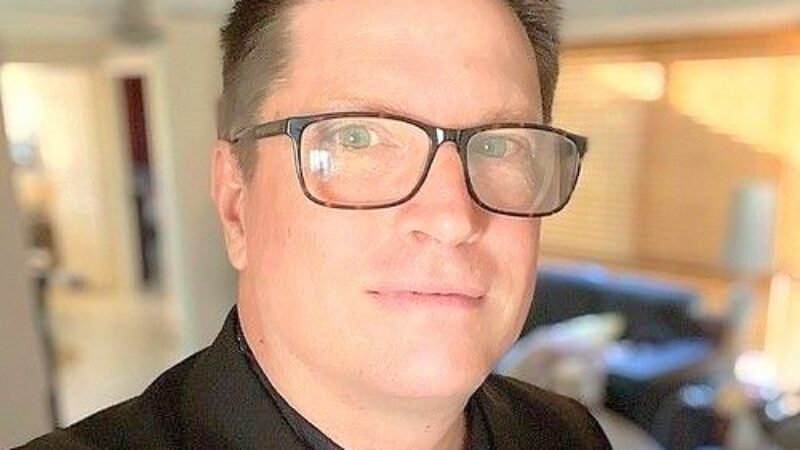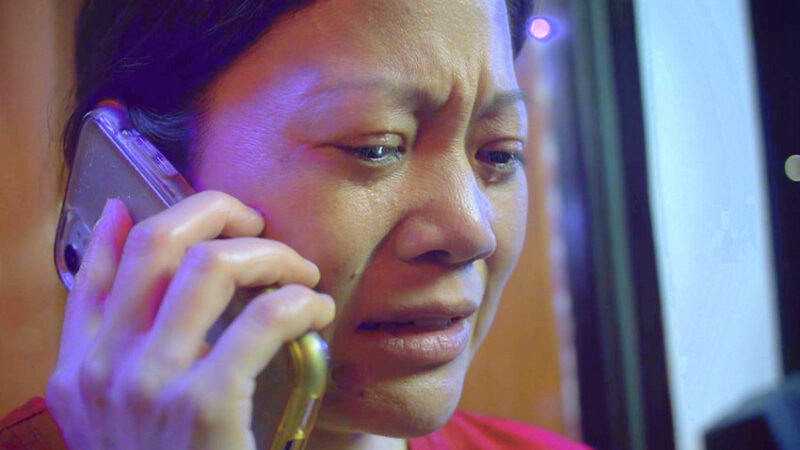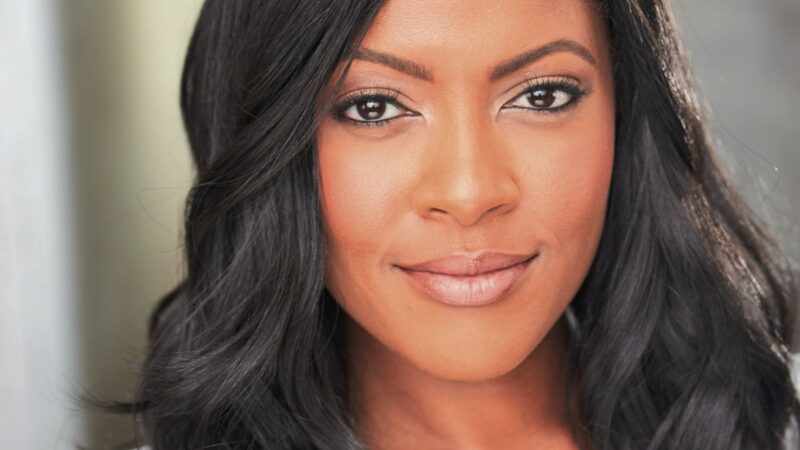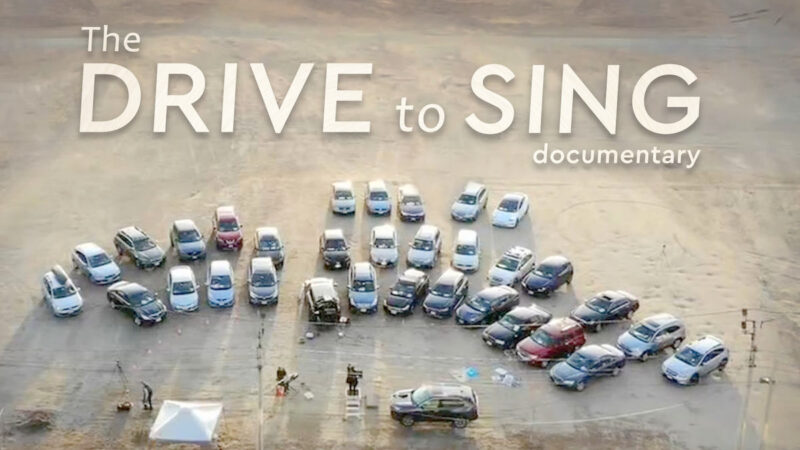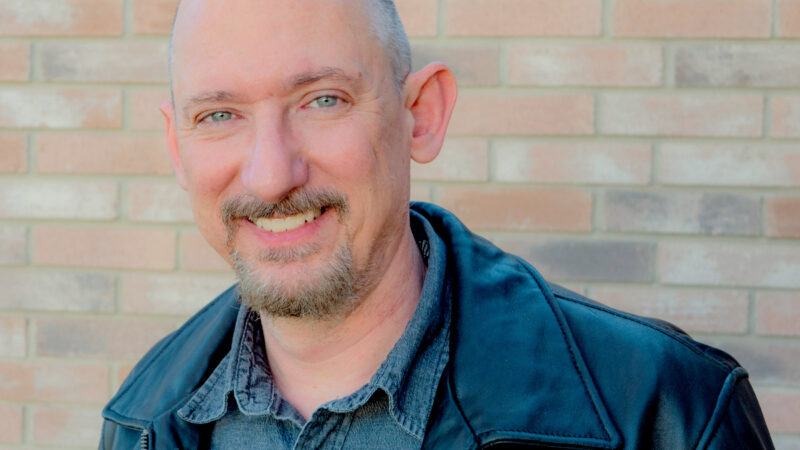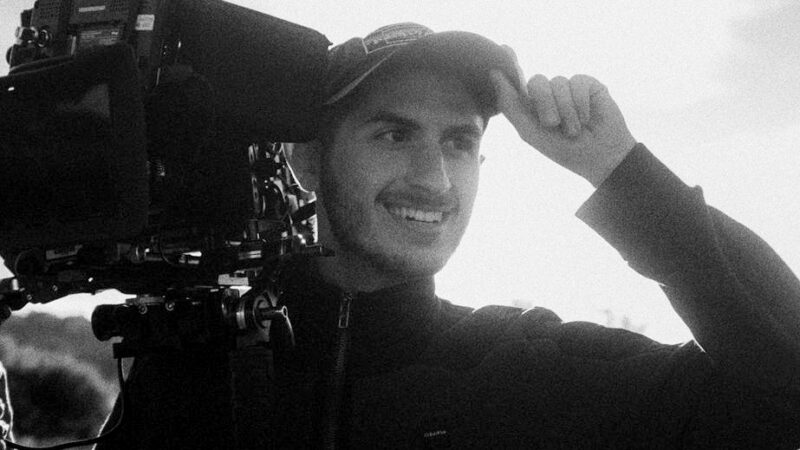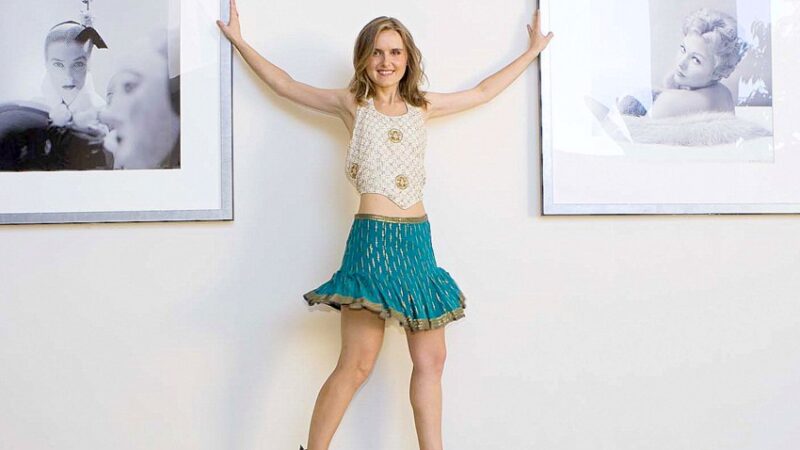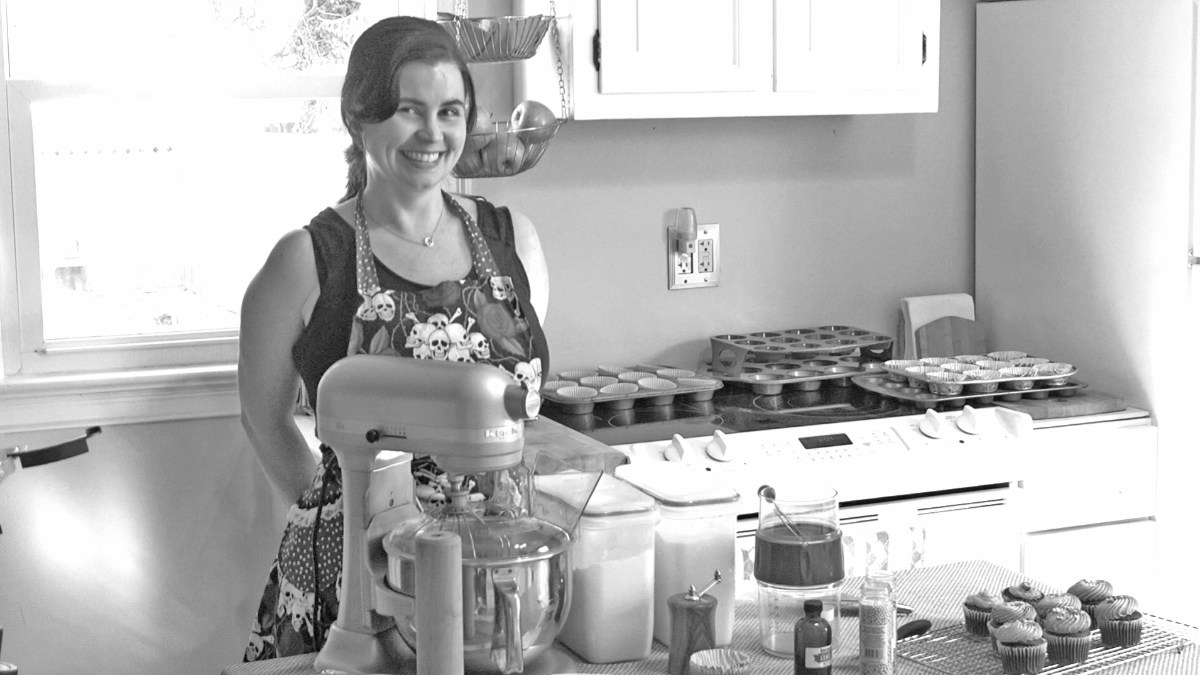
A Case Study
Narrative | Dramatic Features
Film Name: There’s No Wrong Way to Eat a Cupcake
Genre: Absurdist Comedy
Date: December 2020
Director: Joey Rizzolo
Producer: Joey Rizzolo
Writer: Joey Rizzolo
Cinematographer: Joey Rizzolo
Production Company: N/A
Budget: $0. I bought cupcakes, borrowed equipment, and called in favors, so it wasn’t cheap, but the only real expense in legal tender currency was the cupcakes.
Financing: Self-Funded
Shooting Format: 1080
Screening Format: 1080
World Premiere: NYCITFF
Awards: N/A
Website: https://www.joeyrizzolo.com/#/theresnowrongwaytoeatacupcake-film-1/
indieactivity: Tell us about “who you are”?
Joey Rizzolo (JR): I work in Oberlin’s Cinema Studies Department by day and I’m an interdisciplinary performance artist by night. I’m also a husband, father, disabilities advocate, and Trekkie.
Introduce your film?
Joey Rizzolo (JR): There’s No Wrong Way to Eat a Cupcake is an absurdist comedy wherein the maxim of the film’s title is put to the test.
Tell us why you chose to write, produce, direct, shoot, cut/edit the movie? Was it financial, chance or no-budget reason?
Joey Rizzolo (JR): I had access to space and equipment, and I thought I’d be a fool to not avail myself of this opportunity. The actors in this film are longtime collaborators who appeared in the first iteration of this piece, which started out as a short play.
Introduce your crew?
Joey Rizzolo (JR): On the crew side, this was a one-person show. The person is Joey Rizzolo. He’s a nightmare.
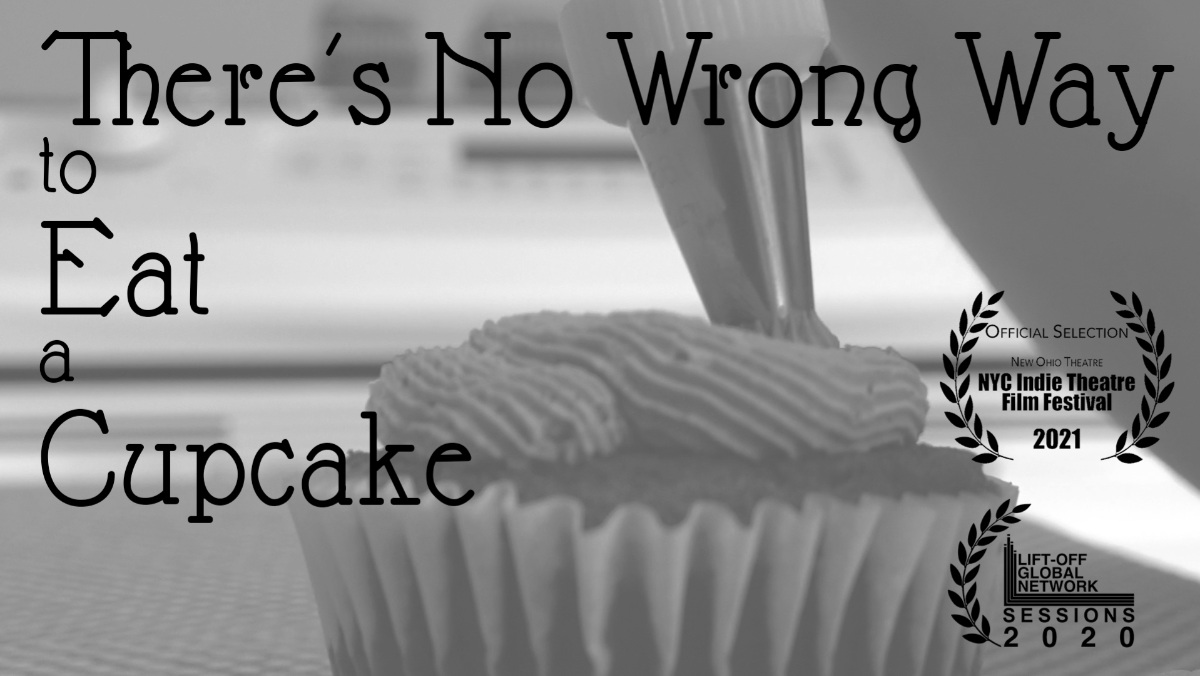
What are your personal experiences putting on all these hats/responsibilities (simultaneously)? Tell us about story, writing, and production?
Joey Rizzolo (JR): I hate producing, but I find myself assuming the role of a producer or a co-producer in many of the projects I work on because I’m good at mobilizing teams and meeting deadlines, and there’s a lot of ‘for whom the bell tolls’ moments in film production that are hard to ignore. I love all aspects of storytelling, so I’m usually some combination of a writer, director, and/or editor. In this film, I function as all three. Editing your own work is hard, not because I’m precious about what I’ve created but because I have very high regard for everyone on set and I know how hard they worked in order to deliver a moment, my reticence to cut those performances from a film slows my editing process down a lot more than I’d care to admit. I have to talk myself onto a ledge every time, keeping in mind that the thing I hesitate from cutting is a story unrelated to the one we’re trying to tell on screen.
What is the source of the idea? How did the story develop from the idea? And how did the story evolve into a screenplay? Why do this story? Do you have a writing process?
Joey Rizzolo (JR): This started as a short absurdist play that premiered in the New York Neo-Futurists’ East Village show The Infinite Wrench. Like all the work in that show, it was an experiment. On stage, part of the experiment was in playing with the creation of a cinematic experience in 3-dimensional space. When adapting this to a 2-dimensional format, all the playfulness of that experiment no longer applied, so I went back to my first inspiration for the original piece which was a series of cigar commercials made by Ernie Kovacs (the Hayden string quartet song used in the film is actually straight out of those commercials). I was introduced to his work as a kid, and I loved how inventive and playful, and weird he was. In retrospect, it’s baffling that anything he made was ever put on the air; it was like they gave a TV soundstage to a gremlin. So when I had to move this from the stage to the screen, I went back to that inspiration to remind myself what made me want to write Cupcake in the first place.
You shot the film in days. How long were your days?
JR: We shot this in two days. I honestly don’t recall how long the days were. When I emailed my actors to let them know they were going to be appearing at a festival, Katy-May texted me and said, “This was a brilliant day of art-making!” That’s probably the best answer I can give to this question because while we may very well have been shooting all day, those days weren’t long at all.
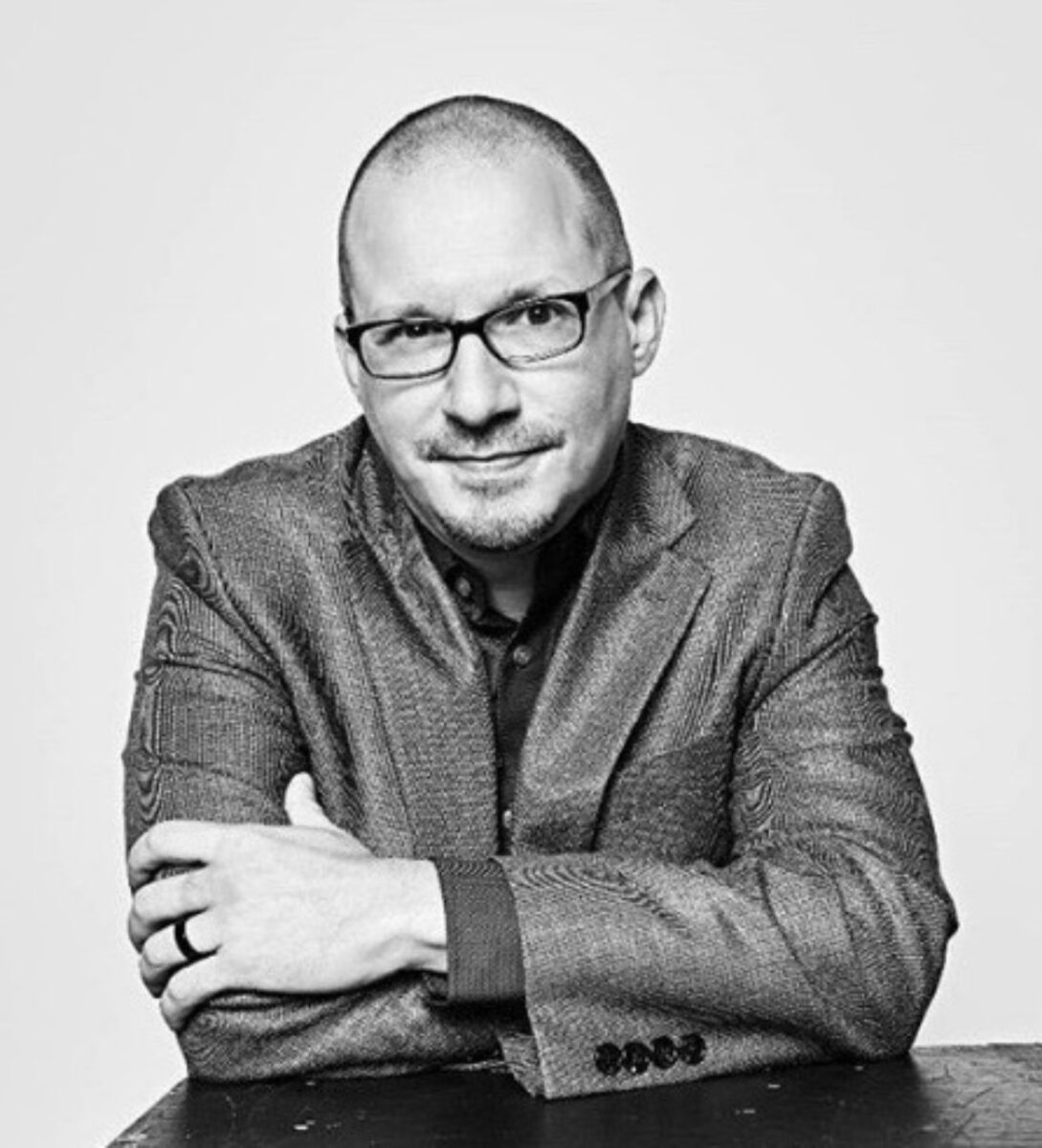
Did the tight shooting schedule make it harder or easier? How did it affect performances?
JR: All of the performers are also Neo-Futurists, and we’re very used to turning things around quickly. If anything, it contributed to creating an honest portrait of the people in this film.
During the film production, what scene (that made the cut) was the hardest to shoot? And why?
JR: As noted, this started out as a short play, and not everything that worked on stage was going to work in the film. There were moments of theatrical dynamism that I knew I had to cut, but there was one moment that made the cut that shouldn’t have, and I didn’t realize it until we were shooting. I was shooting one actor at a time, and at the moment when this unfortunate revelation came to light, one of my actors happened to have arrived early. So we put our heads together and crafted a last-minute scene. It was the “hardest” just because it brought everything to a halt, which is never a good feeling on-set. I’m lucky to have been working with long-time collaborators that share a deep mutual trust.
What were the advantages and disadvantages of the way you worked?
JR: Being a one-person crew isn’t ideal. We shot everything MOS, so that made it considerably easier, but even then I prefer to have at least one other collaborator on the viewfinder side of the camera. That was the result of having such a quick turnaround from inception to wrap, and while sacrifices are inevitably going to be made when operating on such a short timetable, everyone in that room was used to those circumstances. We love short turnarounds, actually, because something magical happens when you don’t leave time to second-guess your choices. I think we were able to bottle a little bit of that lightning in this film.
The film looks stunning. How did you get such a good look when shooting so fast?
JR: I didn’t. I was actually very unhappy with my footage, which is partly what contributed to the ‘silent era’ look. So I blew out the exposure, messed with the opacity to replicate the experience of watching a film lit by an incandescent projector bulb, made some intentionally bad cuts, and changed the there were artistic reasons for this, but I don’t think I would have
Where do you think your strengths lie as a filmmaker?
JR: I’m inventive. I love storyboarding, which is where all of the really big thinking happens. I’m also frugal, so I’m pretty damn good at looking at the million-dollar shot I’ve crafted, asking myself what purpose it serves, and delivering a ten-dollar shot that serves the same purpose (and just maybe looks like…well, maybe not a million dollars, but a thousand?).
Let’s talk about finance, how did you finance the film?
JR: Favors aren’t free. They cost more than anyone can afford, but I pay them back with interest.
How important is marketing? Talk about the festival tour? Do you think a project can make a dent without it nowadays?
JR: I don’t know – I’m still so new to marketing films. I’m just starting to do it now. I love seeing the energy that people have behind their projects – it makes me want to work with a bunch of people that I only just met – so marketing must be effective, right?
What do you hope audiences will get from the presentation of your film?
JR: This is an absurdist film, which is about experiencing something free of meaning. It’s also a comedy, which by nature holds nothing sacred. So I hope people will be able to watch this and release themselves a bit from the shackles of meaning that perhaps makes them feel a little too vulnerable than they would otherwise prefer when watching something they don’t understand.
What else have you got in the works?
JR: I’m editing a few projects for films produced by the New York Neo-Futurists. I’m editing a film I directed called Heemang that was written by a South Korean artist named Hyojin Park. There’s a film I wrote called Homebody, directed by Sarah Young, that we’re scoring right now. I also have a project I’ve been working on for years called Character Breakdown, written by a playwright that they’ll be teaching in all the schools in a few years named Mallory Weiss, that I have to just decide I’m not going to work on anymore so we can get it out there.
Tell us what you think of the Case Study for There’s No Wrong Way to Eat a Cupcake. What do you think? Let’s have your comments below and/or on Facebook or Instagram! Or join me on Twitter.
MORE STORIES FOR YOU

